By Frank Zedeck
In the latter part of the 19th century, Germany’s young Kaiser, Wilhelm II, was anxious to play Weltpolitik (global politics) and expand his country’s influence beyond the borders of Europe, where Germany was already an acknowledged power player. Inadvertently, the United States was proving to be an irritating obstacle to Wilhelm’s goals.
Although not actively seeking colonies, the United States, much like Germany, wanted to maximize its export advantages and make its trade presence known throughout the world. Moreover, it had what Germany was still notably lacking: a significant naval force.
Brewing Confrontation Between Two Rising Powers
Apart from Wilhelm’s fear of America as a dangerous economic rival, two specific events fanned his mounting displeasure with the United States—the diplomatic standoff in Samoa and the Spanish-American War. The Samoan islands are a string of 14 Pacific islands. Both the Germans and the British had significant commercial interests there, but the Germans dominated the copra trade on the two main islands, Upolu and Savaii. The United States, by treaty, occupied the smallest island, Tutuila, which along with Pago Pago had the best harbor. Intertribal rivalries prevailed on Upolu, and the Germans proposed a one-nation protectorate—themselves—while the British and Americans wanted the Samoans to be independent and self-ruling. At one point, German and American warships faced each another for the first time when the Germans sought to impose a minority tribal chieftain on the islands. President Grover Cleveland felt that this was bullying a weaker nation and forcibly confronted the Germans by sending three warships to anchor off the islands in a test of will.
At the Berlin Peace Conference of 1889, the dispute was temporarily resolved with the introduction of a tripartite administration of the islands. German Chancellor Otto von Bismarck refused to let German business interests exploit the Samoan question, and this comparative moderation displeased the Kaiser, who wanted expanded German military bases and colonies worldwide. The Iron Chancellor, as Bismarck was known, viewed such enterprises dubiously. Shortly thereafter, Bismarck was abruptly dropped as the “pilot” of Germany’s destiny. The Samoan problem flared anew 10 years later, and this time the islands were largely settled upon Germany, with the United States retaining Tutuila and the British receiving compensation elsewhere for their claims.
Planning the Invasion of America: “I am Ready”
In the wake of the Spanish-American War, Wilhelm sought to profit from the collapse of the Spanish empire in the Pacific, particularly since the Americans initially had not indicated any thought of keeping the Philippines. In fact, there was strong opposition within the United States to such a nakedly imperialistic undertaking. After Admiral George Dewey defeated the Spanish squadron at Manila Bay, the American Navy had instituted a blockade of the harbor, which meant that any foreign vessels had to submit to American surveillance, a customary maritime procedure. The subsequent failure of a German squadron under Vice Adm. Otto von Diederichs to identify itself by hoisting its flags or permitting boarding and searching led the Americans to fire a warning salvo over the German bows. Dewey, who saw the German force not as a neutral observer but as a potential enemy, at one point stated that if Diederichs wanted war, “I am ready.” Tensions eased after Diederichs pointed out that a ship’s identity could be established by its contour in lieu of flag-hoisting or boarding. Nonetheless, because the German force was far superior to Dewey’s, the admiral viewed its presence with continued misgivings. The armed standoff confirmed the Kaiser’s growing belief that Weltpolitik without a high-seas fleet was impossible.

In all the world’s navies, it was customary for junior officers to work on ambitious “what-if” scenarios during idle periods. During the winter of 1897-1898, German Marine Lieutenant Eberhard von Mantey drew up a plan for striking the United States with a quick military blow that would force the Americans to give Germany a free hand on the high seas. Mantey’s plan ruled out a blockade or a major naval battle, focusing instead on a strike against America’s East Coast seaports between Portland, Me., and Norfolk, Va. It was there, said Mantey, that the heart of America could be most severely injured. Mantey’s main targets were the Virginia seaports of Norfolk, Hampton Roads, and Newport News. The most important port, New York City, was rejected because of its strong defenses.
Mantey’s theoretical exercise might have been forgotten had it not occurred at precisely the right moment, when the Imperial German Navy was still smarting over the confrontation with the Americans in Samoa. Many high-ranking admirals felt that war with the United States was just a matter of time. The Philippine crisis pushed Mantey’s plan into high gear. The gifted young lieutenant was ordered to further develop his project, and by March 1899 a second study was ready. Now New York City was the main target. Once the United States Navy had been destroyed, he envisioned, Fort Sandy Hook could be softened up and taken by a mere two or three infantry and engineer battalions. Forts Hamilton and Tompkins, the last defenses before Manhattan, would soon follow. “In New York City the greatest panic will break out from fear of a possible bombardment,” Mantey asserted confidently. Speed was everything. For the German Navy’s Atlantic crossing, Mantey budgeted 25 days and 75,000 tons of coal, to be supplied by 40 to 60 accompanying freighters.
A Massive Fleet Build-Up
Beginning in 1899, Wilhelm II had taken over personal command of his Navy, assisted by the admiralty staff. By March he had a plan of his own prepared that, for the first time, set a timetable for the American invasion: departure from Wilhelshaven on the seventh day after mobilization, with the Azores being the immediate destination for coaling, and then proceeding directly to the U.S. East Coast. The Kaiser calculated that the crossing would take 30 days.
Neither of the plans would be possible without the requisite warships. Since the Flottengesetz (naval bill) of March 1898 did not budget sufficient ships for an American adventure, Admiral Alfred von Tirpitz, the state secretary of the Imperial Navy, was tasked with convincing the Reichstag to fund additional warships. Tirpitz proved a master at influencing public opinion. Although the fleet enlargement was clearly directed at the British, the “American danger” was not neglected in subsequent discussions for a new fleet. Admiral Diederichs, now chief of the admiralty staff, supported Tirpitz, arguing that the construction program had to be doubled to demolish the American fleet and seize several ports on the East Coast.
Finally, in the summer of 1900, the two strategists celebrated the passage of the Second Fleet Construction Program. At one stroke, the Imperial armada was doubled and now consisted of 38 battleships, 38 light cruisers, and 20 heavy cruisers. Diederichs proudly assured the Kaiser that by 1901 the German Navy would surpass the American. Ironically, the model for German sea hegemony was the work of American military theorist Alfred Thayer Mahan, whose seminal book, The Influence of Sea Power Upon History, Wilhelm had translated into German and placed aboard all his battleships.
The Crossing and the Landing
Despite the success of the Second Fleet Construction Program, it seemed clear that no invasion of the United States could succeed without the involvement of the Army. To the chief of the general staff, Count Alfred von Schlieffen, it was just as clear that a war conducted 3,000 miles from the homeland would be an absolute fiasco, especially given the fact that the ships needed to transport the troops existed only on the engineers’ drawing boards. Von Schlieffen was afraid that in the end the Army would be blamed for the failure. Still, being Kaisertreu, he prepared as best he could for the planned invasion.

In December 1900, Diederichs submitted to Wilhelm the Admiralty’s latest plan. Either Boston or New York City should now be the main target of the attack—or perhaps both. The operations base was to be the Cape Cod peninsula. To the vexation of the Admiralty, however, the Kaiser suddenly insisted upon Cuba becoming the seat for operations, reasoning that not enough troops could be transported to the American mainland at the start of the war and, therefore, Cuba should become the preliminary assembly point. Von Schlieffen was to determine the necessary troop strength. His answer was a masterstroke of tactically disguised rejection through the marshaling of practical objections. Any evaluation of the necessary force needed to successfully establish a base of operations and capture Boston or New York City would depend on the size of the opposing forces, he said. To this commonplace reasoning, Diederichs commented ironically in the margin, “Das ist sehr geistreich”—“That is very illuminating.” In any event, 50,000 men would be needed to secure Cuba and at least 100,000 for an operation against Boston. Many more would be necessary for the New York City phase of the plan. Diederichs became unnerved—a nonexistent fleet of troop ships was now being called upon to transport more than 100,000 infantry and equipment. It was impossible.
Meanwhile, Tirpitz had already instructed his naval attaché in Washington to find suitable places near Boston for a landing. At the end of August 1901, Lieutenant Herbert von Reuben-Paschwitz set out on an exploratory journey and concluded, despite an earlier report, that Cape Cod was not favorable because the advancing infantry would lack the necessary naval gun support because the area was not visible from the sea. Instead, the beach north of Manomet Point on the west side of the bay was ideal, he said, adding, “If the main body succeeds in capturing the Manomet Hill heights effective fire support from here could be maintained for the advancing troops.” The tiny port of Rockport, north of Boston, was also seen as militarily advantageous. The lieutenant’s recommendation was in line with a prior report by an American naval captain, Charles Train, to the United States Senate. Train predicted that in the event of war with Germany, New York City and the New England coastal cities would certainly be attacked, with Provincetown, north of Montauk, being the likely primary target and Rockport and its breakwater the secondary.
Reuben-Paschwitz’s inexperience was just what von Schlieffen wanted. Coolly, he pointed out that Provincetown and Cape Cod could only be considered as the base of operations if the landing in the neighboring bay of Manomet Point were successful, which “in my judgment, would not be the case since, as the attaché reported, the ridges of Manomet Hill with their excellent artillery positions, command completely the Bay. A landing could only succeed if the heights of Manomet Point were neither or only lightly defended, which cannot be counted on.” Moreover, as was clear from Train’s report, the Americans fully expected any invasion to target Boston. “Therefore, a timely assembly of American troops necessary to defend a landing could be assured,” remarked Schlieffen sarcastically. Diederichs would have to abandon his plans.
The Short Life of Operationsplan III
In early 1902, William Büchsel, a confidant of Tirpitz, replaced Diederichs as chief of the admiralty staff. Under Büchsel, the plans for the American invasion—since November 1903 officially named Operationsplan III—reached their apogee. A necessary precondition for a war with the United States was a political situation in Europe that would allow the Germans a free hand elsewhere. The thought of using Puerto Rico as a possible assembly point was now broached, as it would give Germany the chance not only to control the proposed Panama Canal but also to break Washington’s hegemony in Central and South America. That pleased the Kaiser, and once again von Schlieffen was ordered to calculate the men and materiel needed to succeed.
Under Büchsel, for the first time, political considerations were made as well as military ones. The American undertaking was threatened from an entirely new direction—namely, the Venezuelan debt crisis arising from that country’s obligations to various European debtors. The United States was determined to show not only its readiness to defend itself, but also Venezuela under the cloak of the long-standing Monroe Doctrine. No territorial seizures would be permitted against newly created republics in the Western Hemisphere. When the major debtors (Great Britain, Germany, and Italy) proposed a blockade after Venezuela’s refusal to pay or even consider a repayment scheme, President Theodore Roosevelt sent all available warships under Admiral Dewey into the Caribbean as a “neutral observer.” To Dewey’s satisfaction, his 54-ship squadron outnumbered the Europeans several times over. It was America’s greatest demonstration of sea might to that time.
The blockade was initially instituted by Great Britain in December 1902, and Germany followed its lead. The European blockade ultimately won Roosevelt’s approval, since he was irritated by Venezuela’s seeming indifference to its economic responsibilities. Ultimately, the dispute went to the Hague Tribunal for resolution. Significantly, Germany was publicly eager to assuage American suspicions about its intentions in the Caribbean-—to the point that Baron Speck von Sternberg, its chargé d’affairs, stated in a New York Times interview: “The Emperor understands the Monroe Doctrine thoroughly. He would no more think of violating that doctrine than he would of colonizing the moon.”
By 1906, Operationsplan III was dead, as ominous new European events had surfaced: the conclusion in 1904 of the Entente Cordiale between Great Britain and France, the uncertain attitude of Russia toward a military pact with Berlin, and the launching of the British Dreadnought, whose 10 12-inch guns made all other battleships obsolete and for which Germany had no immediate answer. It became clear that any war would take place in Europe, not off the coast of the United States. The Kaiser, accordingly, turned his attentions closer to home. But for Roosevelt and Dewey, nothing had changed. They both knew, in their heart of hearts, that Germany would be America’s next opponent. They never realized, however, just how close the two nations had already come to war.

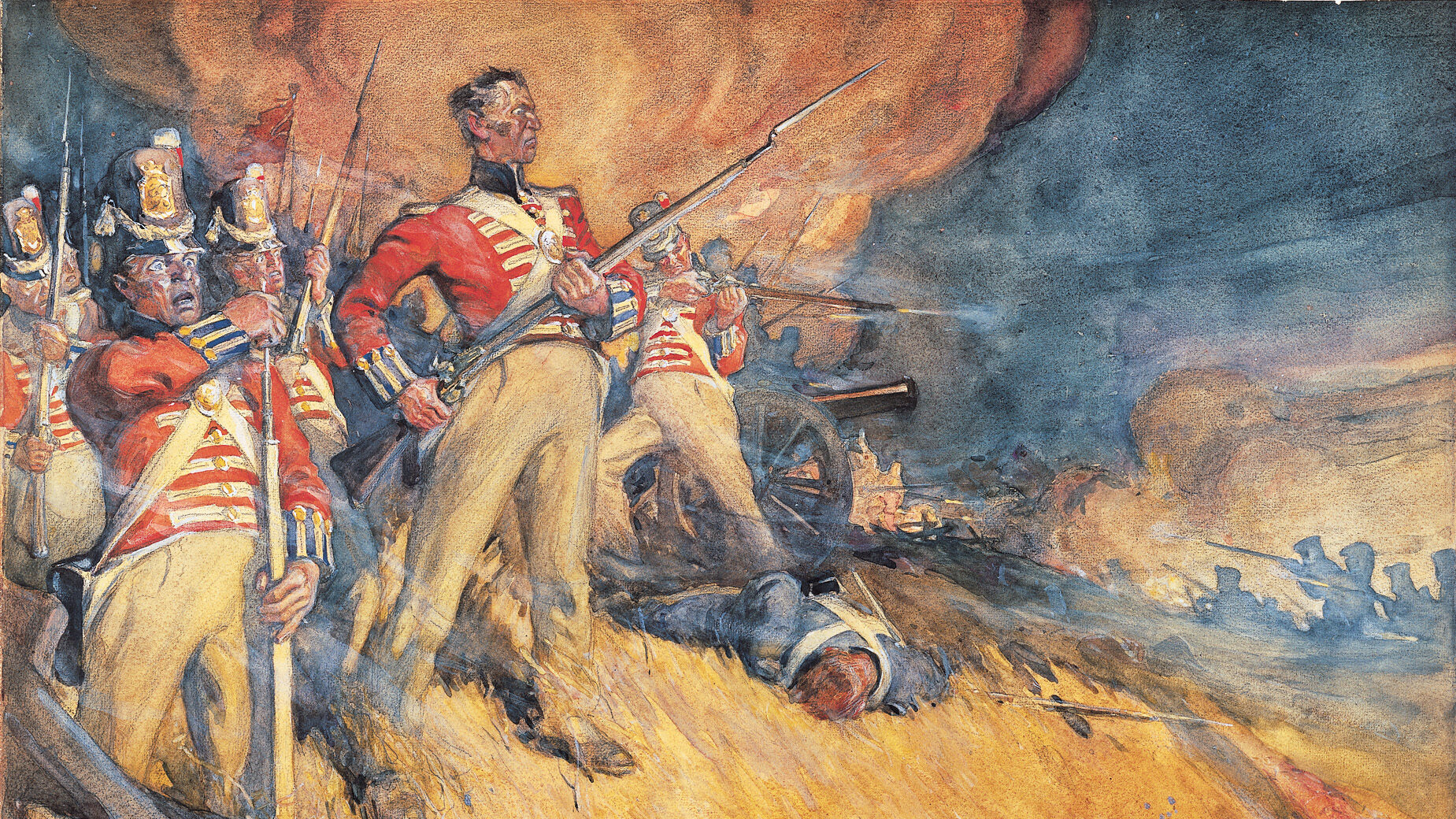

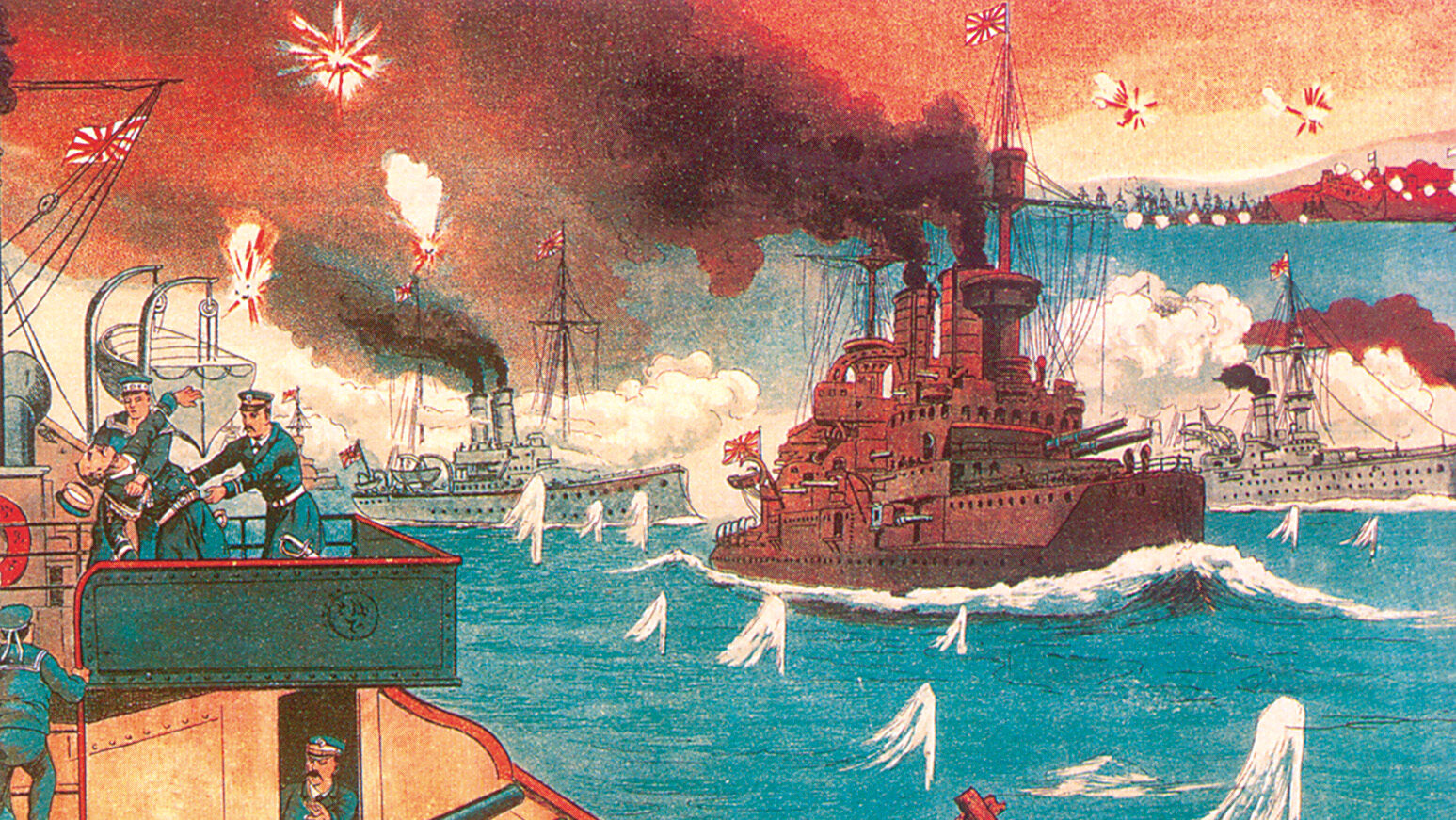
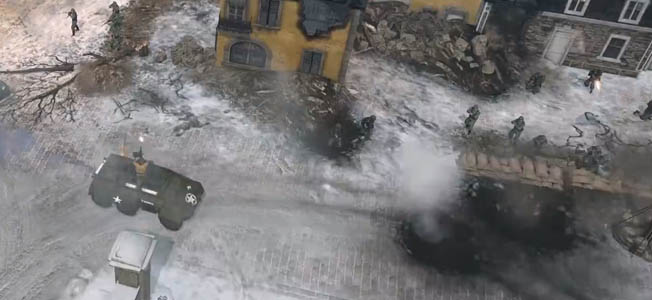
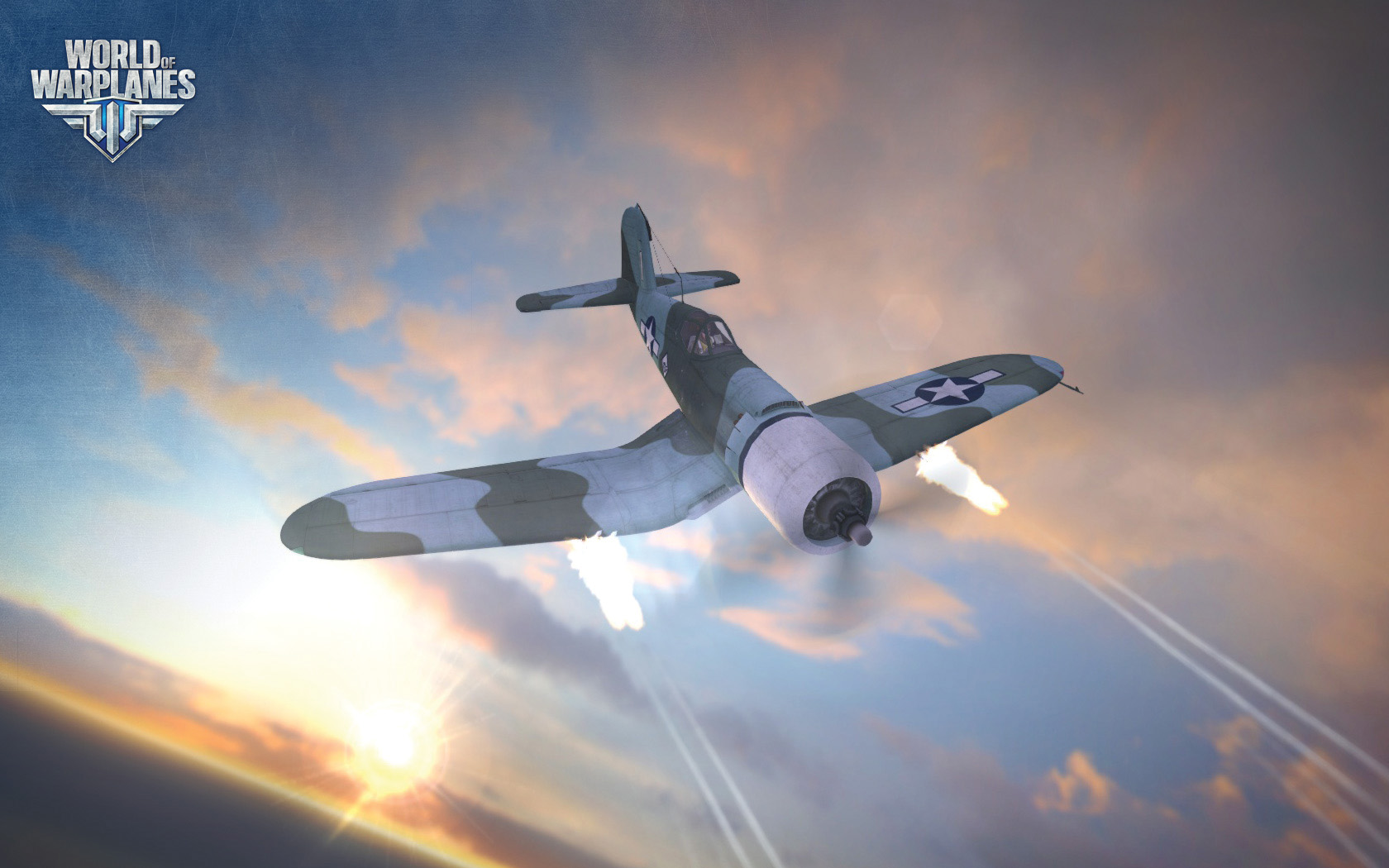

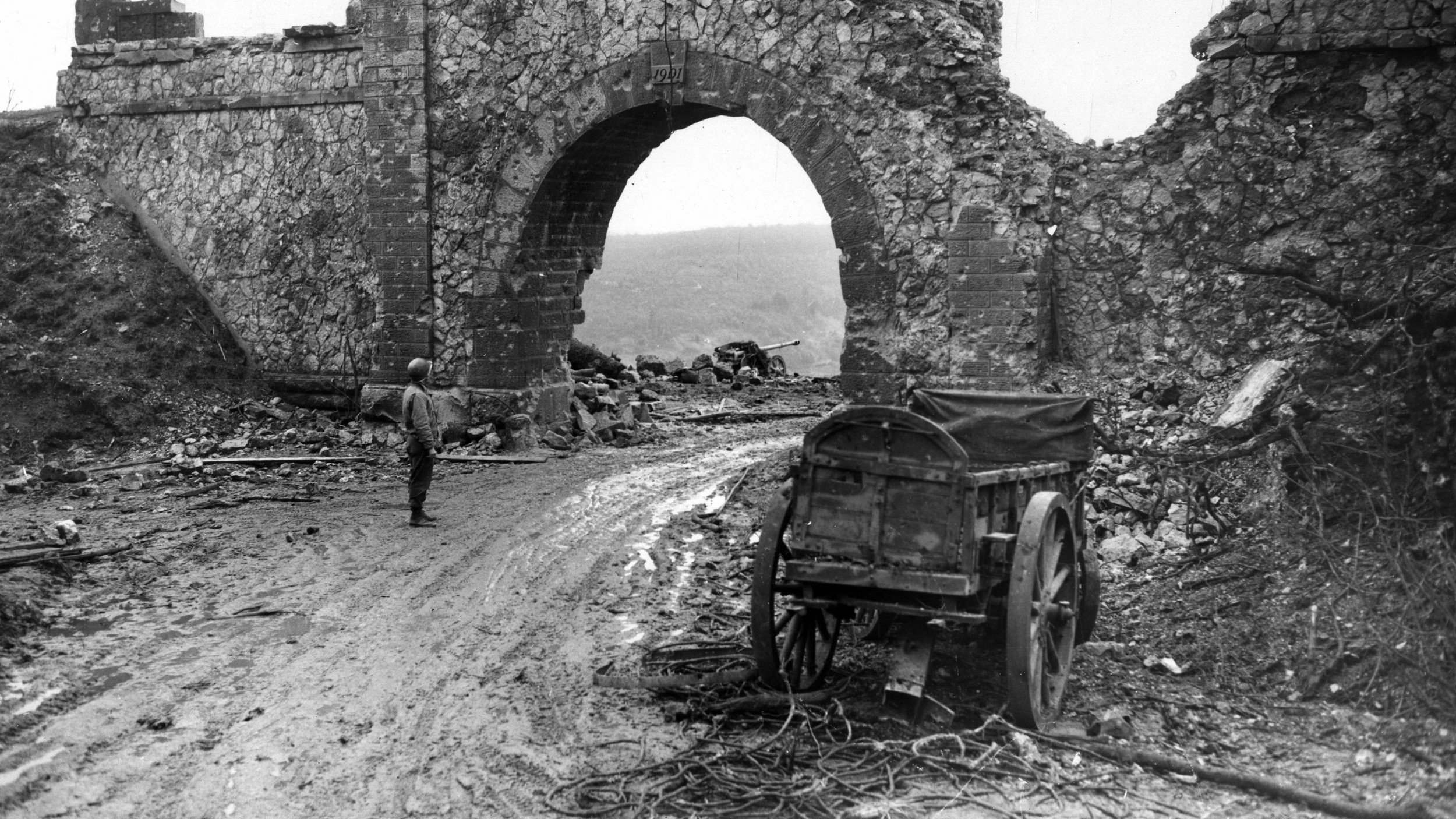
Join The Conversation
Comments
View All Comments